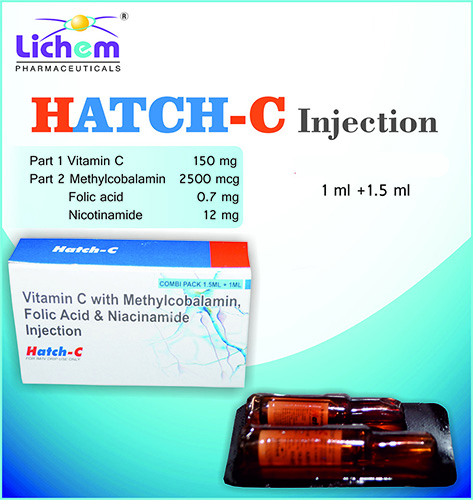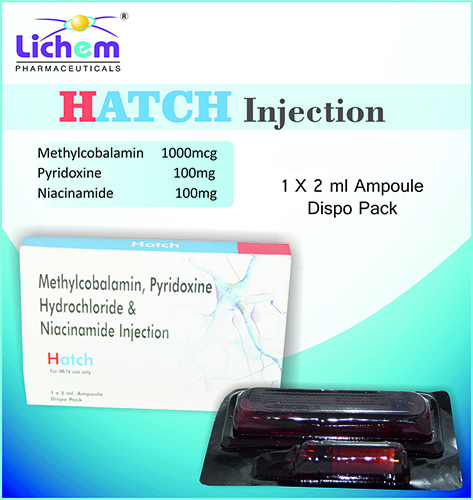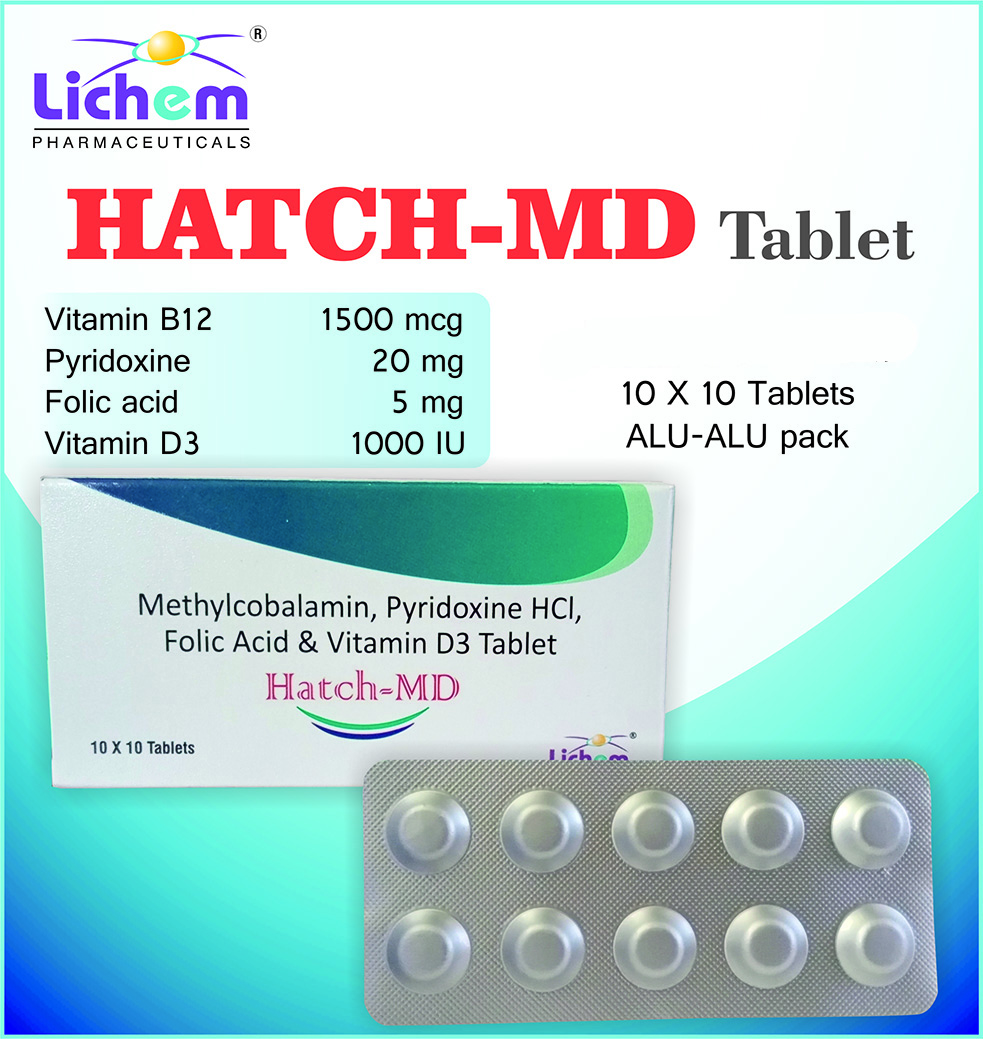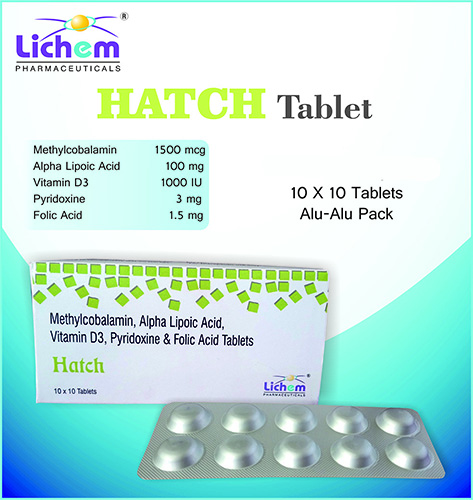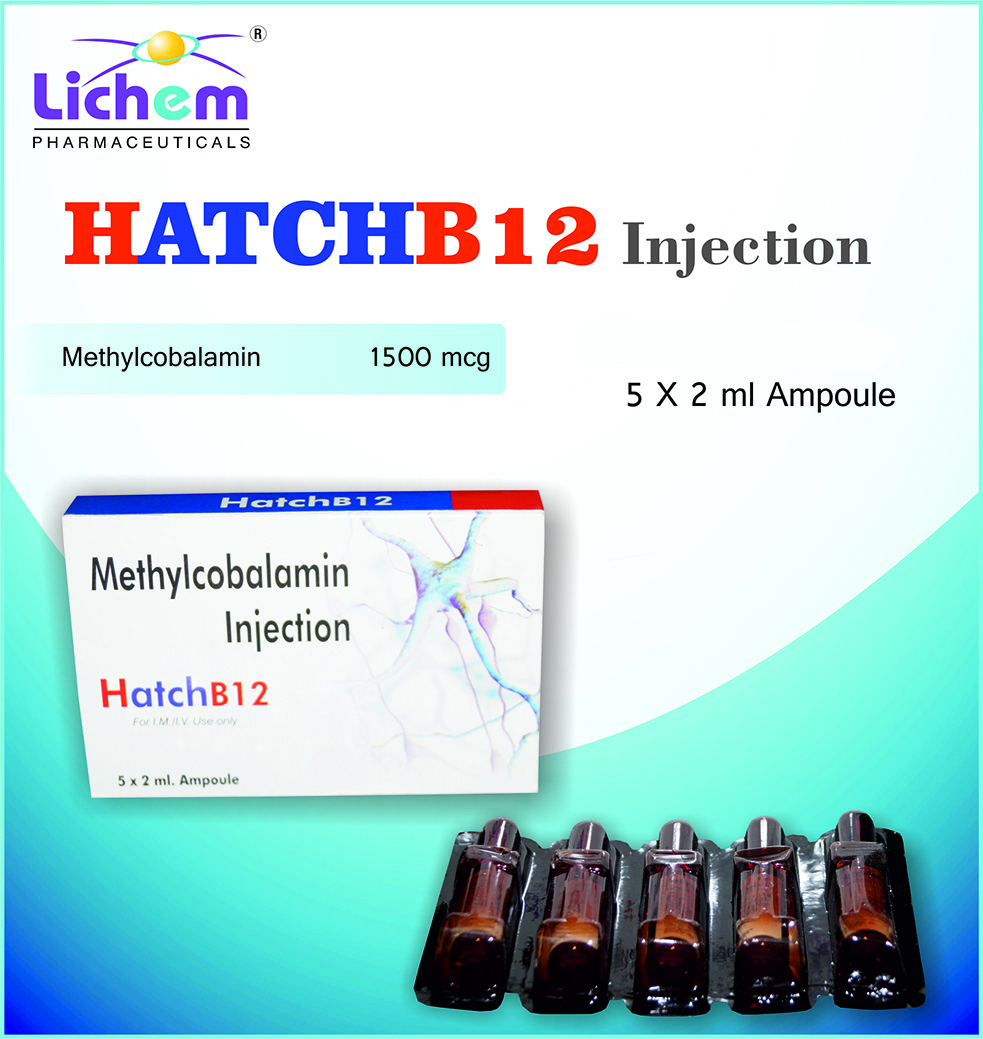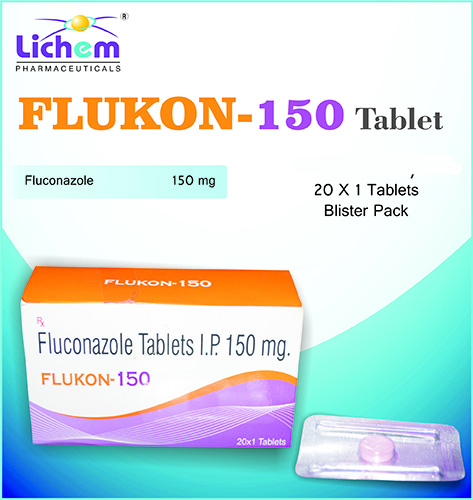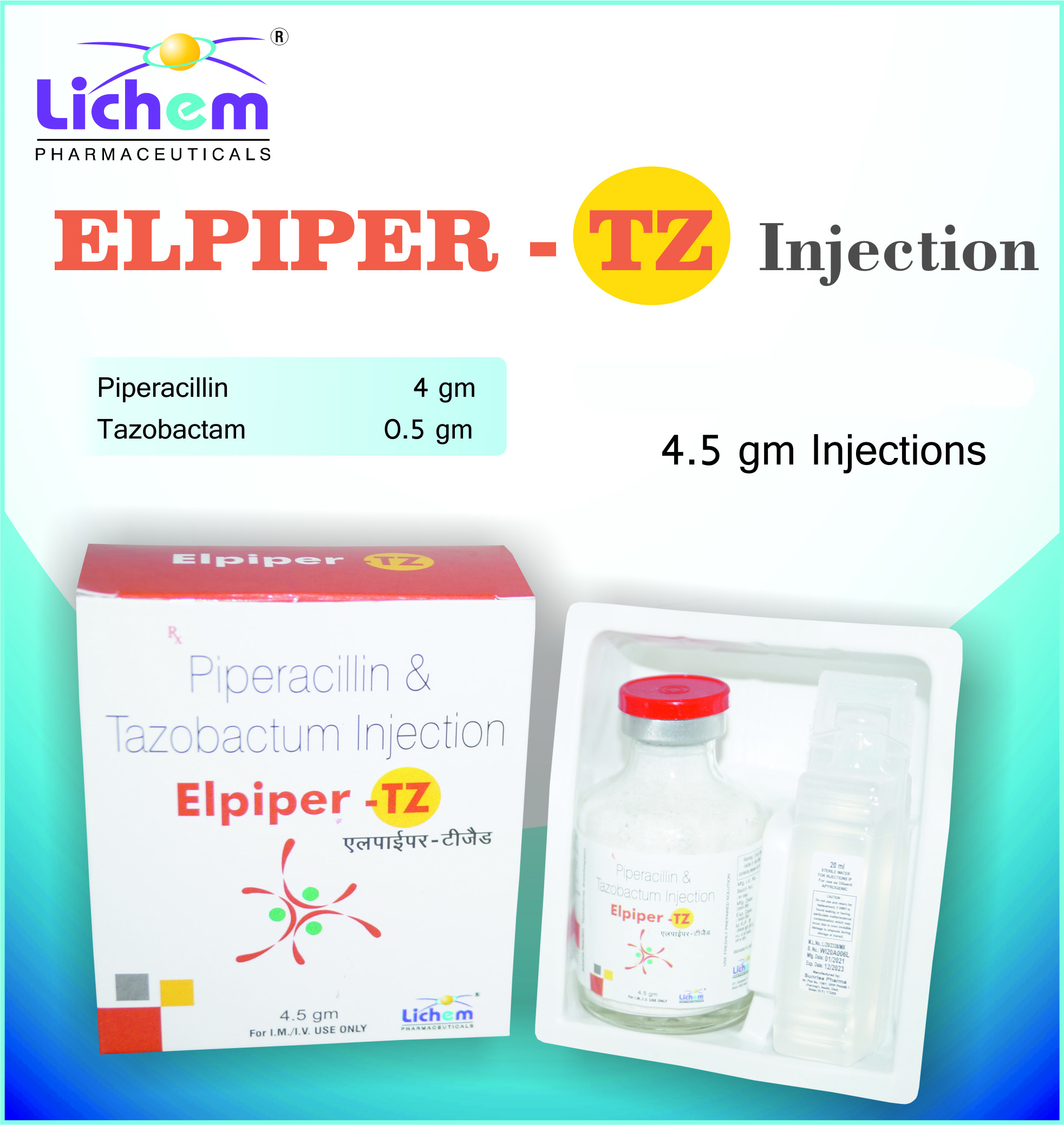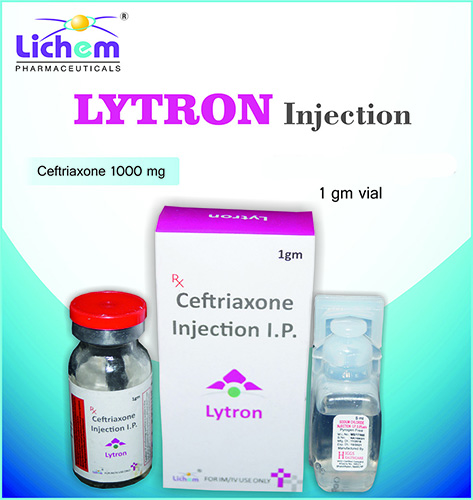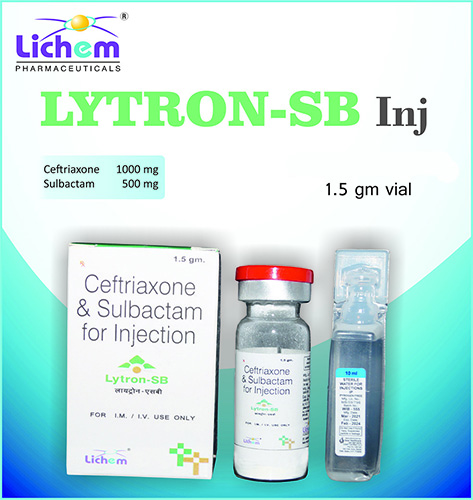Composition : Part I =Vitamin C 150mg, Part II= Methylcobalamin 2500 mcg + Folic Acid 0.7 mg + Niacinamide 12 mg Methylcobalamin : A form of vitamin B12 that's essential for: Nervous system function Red blood cell production DNA synthesis Folic Acid : Plays a critical role in: Cell growth and division Red blood cell production Preventing birth defects (when taken by pregnant women) Niacinamide : A form of vitamin B3 that helps with: Converting food into energy Maintaining healthy skin function Potentially regulating cholesterol levels Vitamin C, also known as ascorbic acid, is an essential nutrient that plays a role in various bodily functions, including: Immune system support Antioxidant activity Collagen production (important for skin and connective tissues) Iron absorption INDICATIONS General Weakness Diabetic Neuropathy Peripheral Neuropathy Muscular Dystrophy
Send Message